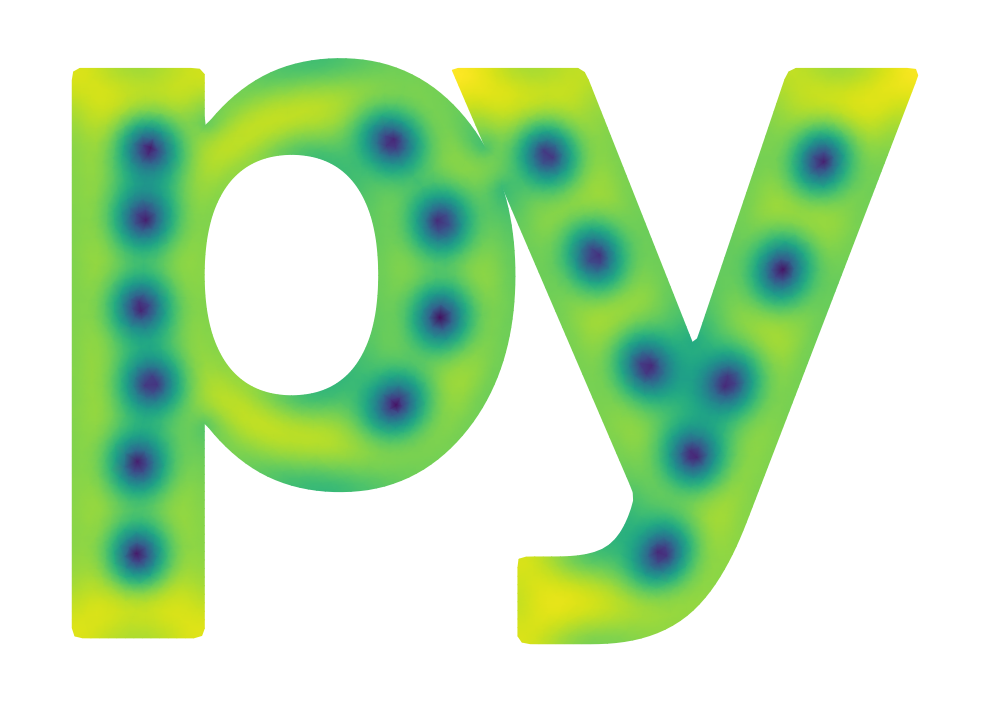pyTDGL: Time-dependent Ginzburg Landau in Python





pyTDGL is a Python package that solves a generalized time-dependent Ginzburg-Landau (TDGL)
model in two dimensions, enabling simulations of vortex and phase dynamics in thin film superconducting devices of arbitrary
geometry. The package provides a convenient interface for defining complex device geometries and generating
the corresponding finite-element data structures. pyTDGL also includes many methods for
post-processing and visualizing
spatially- and temporally-resolved simulation results.
To get started using pyTDGL see Installation and Quickstart.
To learn more about the physics and numerics, see Theoretical Background.
Click the badge below to try pyTDGL interactively online via Google Colab:
Tip
pyTDGL is described in detail in the following paper:
pyTDGL: Time-dependent Ginzburg-Landau in Python, Computer Physics Communications 291, 108799 (2023), DOI: 10.1016/j.cpc.2023.108799.
The accepted version of the paper can also be found on arXiv: arXiv:2302.03812.
Acknowledgements
If you use pyTDGL in your research, please cite the paper linked above.
% BibTeX citation
@article{
Bishop-Van_Horn2023-wr,
title = "{pyTDGL}: Time-dependent {Ginzburg-Landau} in Python",
author = "Bishop-Van Horn, Logan",
journal = "Comput. Phys. Commun.",
volume = 291,
pages = "108799",
month = may,
year = 2023,
url = "http://dx.doi.org/10.1016/j.cpc.2023.108799",
issn = "0010-4655",
doi = "10.1016/j.cpc.2023.108799"
}
Parts of this package have been adapted from SuperDetectorPy,
a GitHub repo authored by Mattias Jönsson. Both SuperDetectorPy and pyTDGL
are released under the open-source MIT License. If you use either package in an academic publication or similar,
please consider citing the following:
Mattias Jönsson, Theory for superconducting few-photon detectors (Doctoral dissertation), KTH Royal Institute of Technology (2022) (Link).
Mattias Jönsson, Robert Vedin, Samuel Gyger, James A. Sutton, Stephan Steinhauer, Val Zwiller, Mats Wallin, Jack Lidmar, Current crowding in nanoscale superconductors within the Ginzburg-Landau model, Phys. Rev. Applied 17, 064046 (2022) (Link).
The pyTDGL Python API is adapted from SuperScreen,
(GitHub repo, journal article,
arXiv preprint), which solves the London equation in two dimensions.
Getting Started
Tutorials
API Reference
About pyTDGL